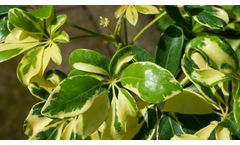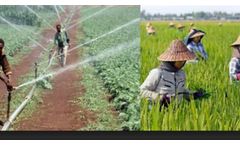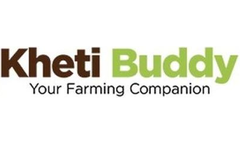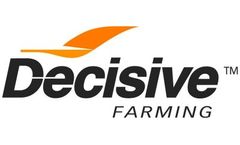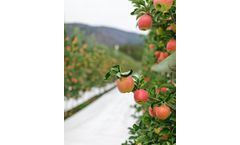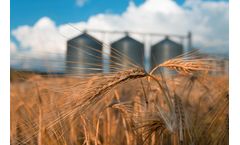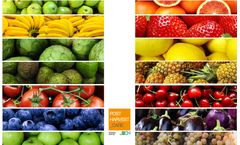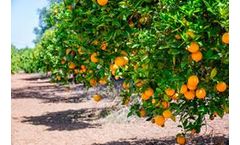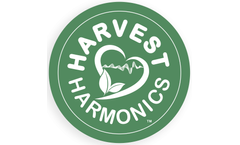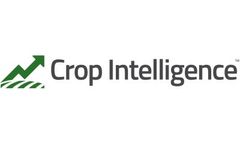Refine by
Post Harvest Articles & Analysis
124 articles found
Citrus greening, more widely recognized as Huanglongbing (HLB), is caused by the bacterium Candidatus Liberibacter asiaticus, has emerged as one of the most destructive threats to citrus production worldwide. Since 2019, this disease has ravaged citrus industries worldwide, destroying approximately 75% of orange and 85% of grapefruit production in affected regions. It severely stunts tree ...
In California’s sun-soaked vineyards, where the wine and table grape industries are cornerstones of the state’s agricultural economy, powdery mildew remains a relentless adversary. Caused by the fungal pathogen Erysiphe necator, powdery mildew is one of the most pervasive and damaging diseases in viticulture, affecting both the yield and the market quality of grapes. Once ...
JC-9465 is a new proprietary advanced chemistry that generates ROS (Reactive Oxygen Species). It is an aqueous chelation of minerals/metals and oxychloride compounds in a liquid form. Our mineral oxychloride technology is a source of oxygen energy that is effective against 99.9999% of bacteria and viruses. By generating a high concentration of hydroxyl radical ions and other oxygen species, ...
Packaging and storage: Plastics contribute to efficient post-harvest handling, packaging and storage of agricultural products. ...
Post-harvest management is a critical phase in the agricultural supply chain that can significantly impact the quality and profitability of crops. ...
The integration of agricultural data analytics into farming practices has become increasingly essential. This approach, often termed “smart farming” or “precision farming” uses farm-level data to enhance productivity, sustainability, and profitability. In India, where agriculture is a vital sector supporting the livelihood of millions, the strategic use of data can ...
Fruit picking, a labor-intensive and time-sensitive task, presents unique challenges that have troubled farms and agribusinesses for a long time. However, the emergence of smart harvest scheduling promises to transform this age-old practice. By using advanced technologies, smart harvest scheduling offers a more efficient, cost-effective, and sustainable approach to fruit ...
Heritage Farms, led by manager Allan Smirl for over a decade, has continuously sought innovative ways to improve their operations. In 2014, the farm began a partnership with Decisive Farming to enhance decision-making processes impacting the farm’s ...
Pruning and training trees for proper structure and fruit production can be labor-intensive. Harvesting and post-harvest handling demand efficiency to maximize yield and preserve fruit quality. ...
Our digital platform incorporates traceability allowing the tracking of the cotton value chain from pre harvest to the product’s arrival at buyer’s warehouse. ...
Storage of cereal crops and other foodstuffs is an essential part of ensuring a sustainable and robust food supply. Cereal crops are typically harvested between mid-July to mid-September but with careful storage can be kept for periods longer than a year.1 Successful storage of cereals involves the balance of a variety of environmental conditions to ensure the maintenance of quality and the ...
It is a climacteric fruit that surprisingly behaves like a non-climacteric fruit. This is because, once harvested, its respiration rate drops considerably. Blueberries are usually transported and marketed in micro-perforated clamshell boxes to avoid bruising and crush damage. ...
FUNGI STOP is specially designed and formulated to keep climacteric fruits free of fungi and bacteria. All our post-harvest formulations are safe and suitable for organic crop products. ...
In a study conducted at UC Davis-Post Harvest Dept, they concurred that raising the ORP to +700 mV inactivated E. coli, Salmonella, and Listeria in less than 10 seconds. ...
Drying is one of the most important, yet significantly overlooked, parts of the hemp growing and harvesting process. As planting season approaches, it’s crucial to think about drying before you plant your crop. ...
There is a widespread misconception that the taste of vegetables is solely based on genetics of the plant species and cannot be enhanced by cultivation techniques or environmental conditions. That would be true in a scenario where other cultivation parameters were universally normalised. However, this is rarely the case when it comes to indoor vegetable production facilities. The cultivation ...
Details: Kyminasi Plant Booster (KPB) technology was installed on 4 acres of their blueberries in December 2019 and harvested in August 2020. Post-harvest quality measurements were completed after 30 days of storage at ...
The Natural Extracts Industries (NEI) has its headquarters at the picturesque foothills of Mount Kilimanjaro! You can smell the raw earth here, as fresh ingredients are processed using modern eco-friendly methods, creating flavours that are truly evocative of this land. Today these flavours are marketed across the world; and they are perfect for use in a range of delicious food and drink – ...
This is not surprising, as there are many other factors that can impact yield including frost, disease and post harvest water stress from the previous year. Furthermore, bee hours are only effective if they occur when bloom from cross-pollinating varieties are overlapping. ...
Long term, we are looking into strategies pre-seeding and post-harvest to build fertility in our soils. What we learned in 2019: Be prepared. ...

